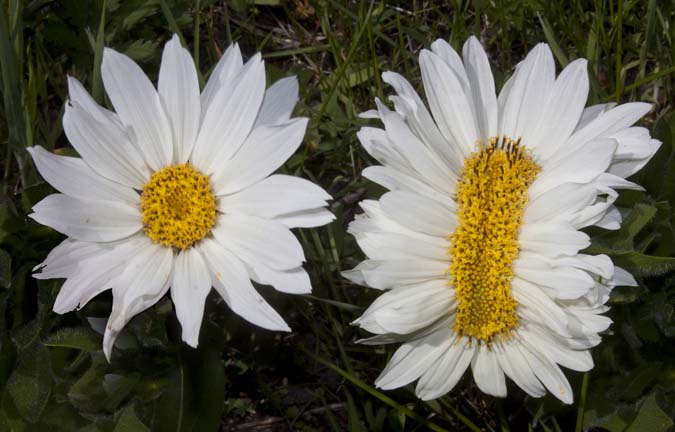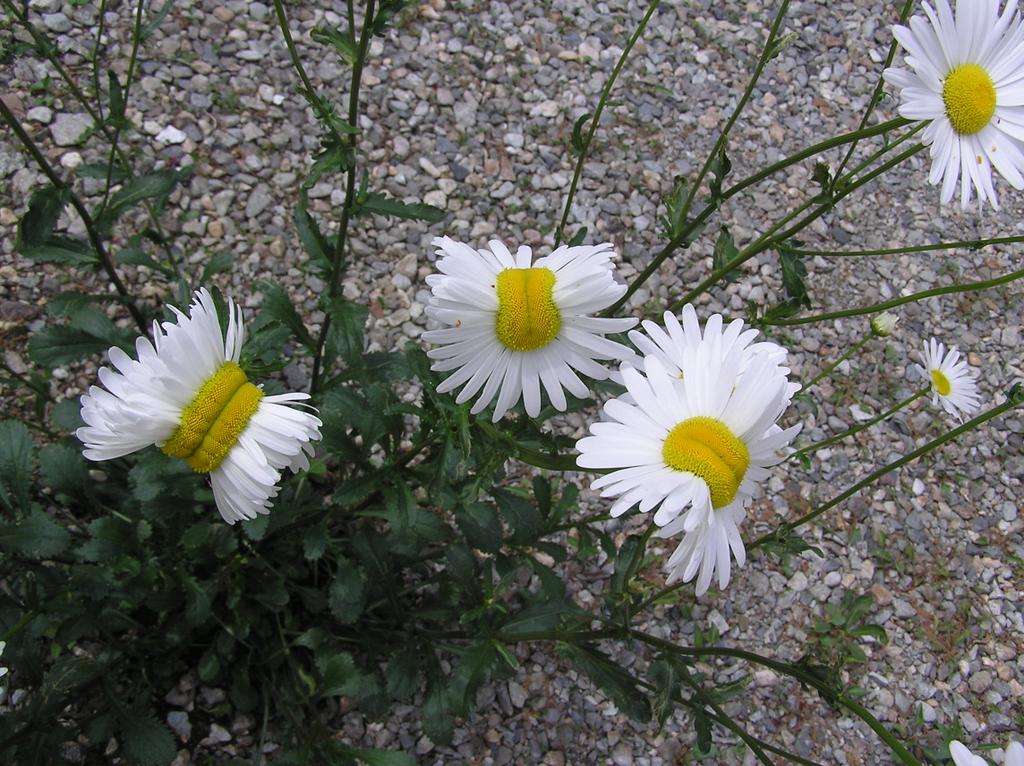Photos of mutated daisies allegedly found near the site of the Fukushima nuclear plant in Japan have left people to wonder what caused the apparent deformity.

The photos first appeared on Twitter in late May and showed four daisies where the usually circular middle had been elongated and turned cylindrical rather than circular.
According to Snopes.com, the above text translates to “The right one grew up, split into 2 stems to have 2 flowers connected to each other, having 4 stems of flower tied beltlike. The left one has 4 stems that grew up to be tied to each other and it had a ring-shaped flower. The atmospheric dose is 0.5 μSv/h at 1m above the ground.”
The flowers were found in Nasaushiobara, over 100 kilometres from Fukushima, where a 9.0 earthquake in March 2011 damaged the nuclear reactor causing it to leak.
Many people on Twitter immediately thought excess radiation from the plant caused the deformed daises.
But is that the case? Probably not. The daisies are likely just an example of fasciation. The condition causes a particular part of the plant to grow in a cylindrical fashion.
Mike Shellenberger, the president of the U.S.-based Breakthrough Institute, cited the phenomenon as the cause of deformity of the flowers. He included a photo with the tweet showing dozens of other examples where fasciation caused daisies almost identical to that of the ones found near Fukushima.
In fact, a 2009 study published in the Journal of Experimental Botany suggested removing radiation from plants actually increased the likelihood of stem fasciation.
He also tweeted a photo of a tomato afflicted by fasciation, not radiation:
It’s happened in Idaho:

And a YouTube video shows two gerbera flowers which were affected by fasciation.




Comments